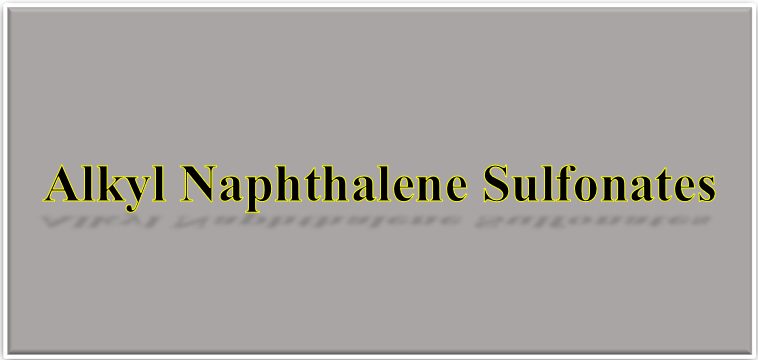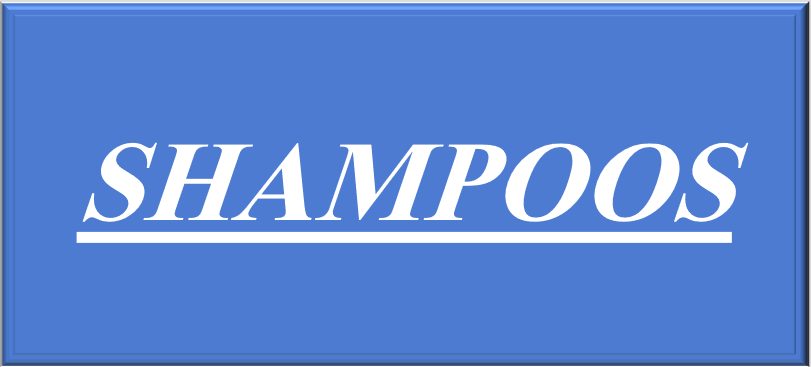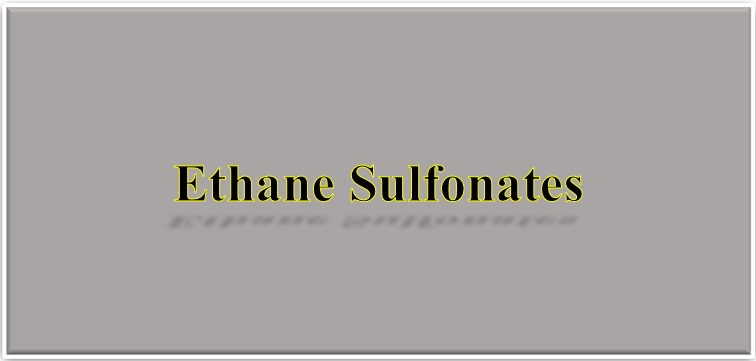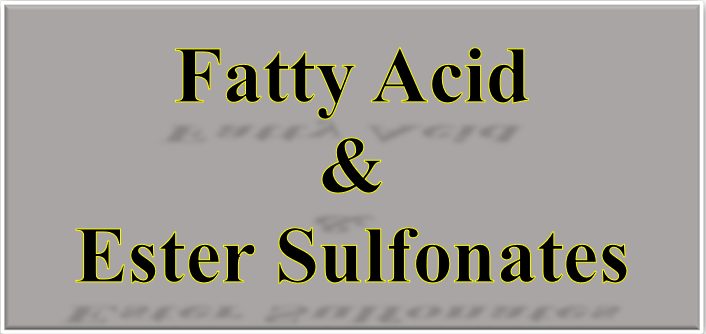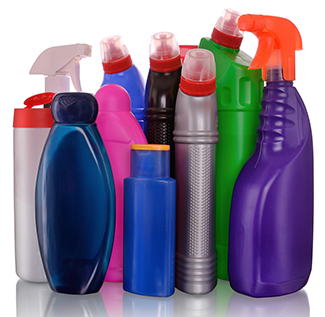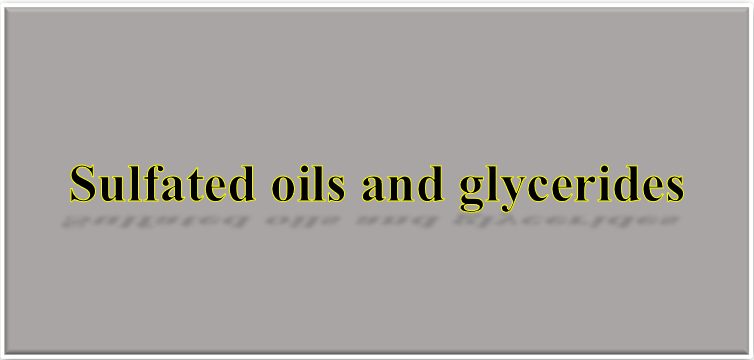Surfactants are the most common ingredient in detergent formulations. Their primary function is to modify the interface between two or more phases to promote the dispersion of one phase into another.
Formulations, incorporate them in very different proportions, varying from less than 1% to over 40%. Small proportions of surfactants serve only as a wetting agent for the surfaces to be cleaned or for the dirt to be removed; in higher proportions, they ‘‘carry” the mostly very complex cleaning performance.
Depending on their economic importance, surfactants are classified as basic surfactants and specialty surfactants that are found in small quantities in the market, mostly in particular applications or in combination with basic surfactants as so-called cosurfactants.
Generally, surfactants are classified according to their hydrophilic component as nonionic, anionic, cationic, or amphoteric. Do you want to know more about Surfactants!!?
Nonionic Surfactants
The nonionic surfactants have a hydrophilic component that is not ionized. Typical nonionic groups consist of polyoxyethylene, polyoxypropylene, alkanolamides, or sugar esters.
Common nonionic surfactants used in detergent formulations are N-methylglucosamide, Alkyl monoethanolamide, Amine oxide, Fatty alcohol ethoxylate.
Anionic Surfactants
As the name implies, the hydrophilic component of anionic surfactants comprises an anionic group, typically a sulfate, sulfonate, or carboxylate moiety.
Anionics are high-foaming surfactants commonly used in hair shampoos, car wash detergents, hand dish wash detergents, etc… One of the most common is sodium lauryl sulfate. Because anionics are negatively charged, they are deactivated by positively charged hard water ions. When using anionics care must be taken to include chelating agents to deactivate hard water ions. Other common anionics are alcohol sulfates, alcohol ether sulfates, ordinary soap, and alkyl aryl sulfonates. Read more about anionic surfactants!
Cationic Surfactants
The cationic surfactants comprise molecules containing a positively charged group such as a quaternary amine. Cationic surfactants are generally used in anti-static products such as fabric softeners, hair conditioners, and in sanitizing compounds. Because they are positively charged, they are not compatible with anionics. Common cationics are quaternary ammonium compounds.
Amphoteric Surfactants
The amphoteric surfactants are perhaps the most unique in that they comprise a hydrophilic group containing both anionic and cationic character such as the amino acids. Amphoterics are a special class of surfactants. They are anionic at an alkaline pH, have no charge at neutral pH, and cationic at acidic pH. Due to their mildness and high foaming properties, amphoterics are used in personal care products and as substitutes for anionics when cationics are present. Examples of amphoterics are lauroamphopropylsulfonate and cocoamphopropylsulfonate.
| PROPERTIES | NONIONICS | ANIONICS | CATIONICS | AMPHOTERICS |
| Foam | low to medium | high | medium to high | high |
| Wetting | good | good to excellent | poor | fair |
| Emulsification | good to excellent | good | poor | good |
| Detergency | good to excellent | good to excellent | poor | good to excellent |
| Irritation (skin & eye) | mild to severe | mild to severe | mild to severe | very mild |
| Compatibility with other surfactants | compatible with all types | Incompatible with cationics | incompatible with anionics | compatible with all types |




